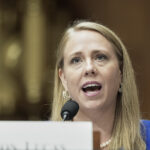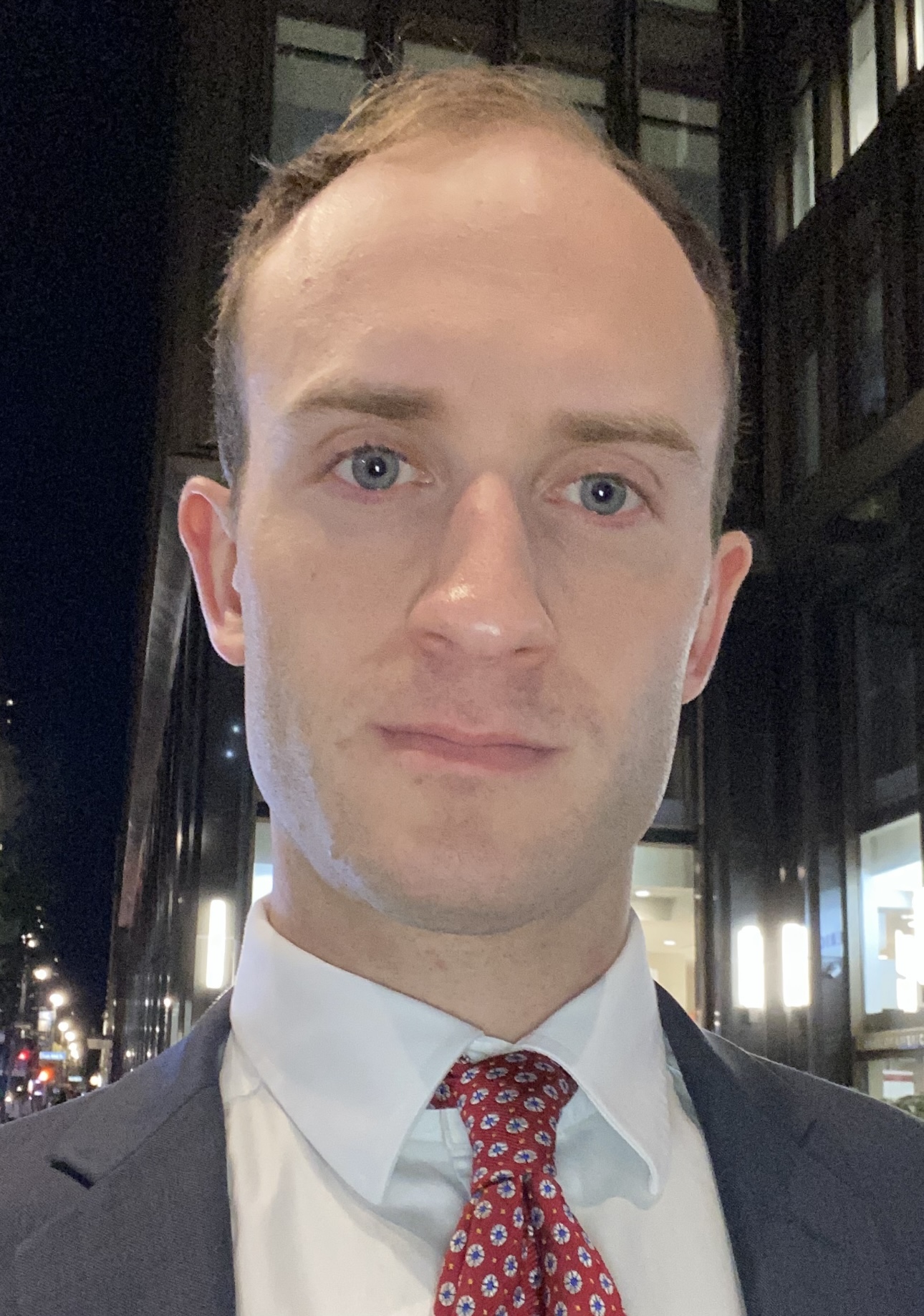The year was 2016. New high net worth (HNW) insurance carriers were entering the market. Established underwriting operations had become a consistent source of profits for investors and parent companies. Aging brokerage owners with sizable private client books of business were selling their companies for high revenue multiples and preparing to sail off into retirement (sometimes literally).
Anyone who began a career in HNW insurance after around 2020 may find that story hard to fathom. That is because recent years have been marked by widespread carrier appetite restrictions, dramatic rate increases, major non-renewal action, and inconsistent underwriting results despite these efforts.
What took place to cause a historic hard market in this segment? How did a long running profit center turn into a pariah? What is being done by carriers and brokers to correct the private client insurance industry’s course and avoid similar problems in the future?
Answering these questions will be the focus of the remainder of this article. As no single article can fully encapsulate an insurance segment as dynamic as HNW insurance, ongoing monitoring of the market’s progress will be required to gain a complete understanding of what is taking place. However, readers will be able to glean insight and walk away with a vision of what the future of the HNW space may look like.
What Went Wrong?
Major underwriting challenges for the HNW segment began to emerge toward the end of 2017. These headwinds, both literal and figurative, became relentless throughout the following year and have lessened little since.
On Sept. 9, 2017 Hurricane Irma made landfall in Florida and ravaged the state for two days.
The storm caused an estimated $50 billion in combined property damage and recovery costs and left dozens dead in her wake. This figure made Irma the costliest hurricane in the state’s long history of costly weather events.
A single event of Irma’s scale can throw the entire property and casualty industry’s underwriting profitability off for a quarter or even a year. For the HNW segment, though, the impact was outsized. This is due to wealthy clientele enjoying coastal living, a situation which leads not only to catastrophic weather risks for individual properties but also aggregation risks for carriers to monitor.
Unfortunately, hurricanes were not the only natural disasters causing losses in that year. California’s 2017 wildfire season became the state’s costliest on record at the time. The destruction it caused was challenging for insurers (estimates place total economic damages at $18 billion), but it was only a warm up for 2018.
The following year saw over $26 billion in estimated wildfire damage and associated costs, as well as the deaths of over 100 people. Ultimately, roughly 2% of the state’s 100 million acres of land was scorched. Incredibly, these two wildfire seasons were surpassed by the state’s 2020 and 2021 conflagrations by some metrics, such as total acres burned.
Insurers always understood that California and Florida posed heightened risks. Hurricanes and wildfires often factored heavily into the calculation of property rates. Still, many carriers were far too aggressive for too long in writing coastal and historically wildfire exposed properties. On top of this geographic overexposure, there was widespread premium underpricing coupled with contract clauses such as “unlimited” loss of use coverage language that caused runaway claims payouts. When the wealthy lose use of their primary mansion, similar living quarters can cost astronomical amounts to rent on short notice.
As California and Florida caused trouble, other environmental events were generating expected and unexpected damage. Even milder winters of recent years in the Northeast led to enormous water damage losses due to subsequent pipe bursts during spring thaws. Then, there was the sudden cold snap in Texas back in February of 2021. This caused large and unanticipated losses for HNW carriers who had been eager to expand their distribution to the growing wealth base there.
Although most of these risks were theoretically known, the timing, scale and relentlessness of loss events showed carriers were not, generally, adequately prepared or geographically diversified enough in their book makeup.
These were by no means the only things that placed HNW insurance in its current position and they impacted carriers to differing degrees. With that acknowledged, the consistency and severity of catastrophe losses from 2017 – 2021 softened the ground for the difficulties the HNW industry continues dealing with today.
Challenges Beyond the High Net Worth
Segment’s Control
HNW carriers and brokerages employ thousands of individuals who manage billions of premium dollars. In an industry as large as insurance, though, the segment represents a barely visible sliver of overall employee headcount and GWP. Therefore, it follows that broader industry and economic trends can impact the HNW market in ways that are out of its control.
Examples include massive reinsurance rate increases in 2023, inflated prices for building materials, manual labor shortages, automobile part scarcity, and increased legal costs related to casualty claims to name just a handful.
As this article is focused on the HNW space, we will not expand on every item noted other than to say that the impact each is having on this already battered industry segment cannot be understated.
What Actions Are Carriers Taking?
Times are tough, but all is not lost. Since at least 2018, HNW carriers have been tightening underwriting appetites in the Southeast and California. By 2024, this tightening had reached the northeast with New York’s Long Island and parts of Manhattan becoming more restrictive for private client account placements (due both to CAT and aggregation concerns). Even individuals and families in moderately CAT-exposed areas along the Long Island Sound in Connecticut can find themselves fighting to find suitable coverage for their high-end dwellings.
As admitted appetites have shrunk, excess and surplus lines placements have become more commonplace. This is true even for accounts that may have had many potential admitted coverage options to choose between just a few years prior. The E&S market provides carriers with more flexibility to price coverage adequately, restrict common causes of loss, and non-renew policies more easily when desired. While E&S placements come with increased paperwork and tax filing requirements, carriers and brokers view the extra work involved as being better than having no coverage solutions available.
Ideally, carriers believe the move toward E&S growth will make underwriting results more predictable.
For policies remaining in the admitted market, rate increases are another vital tool being implemented. Unfortunately, due to the state-by-state nature of insurance regulation, getting approvals for said increases is bound to be a years-long process (if rate adequacy is even achievable).
In some states, regulators have proven unwilling to accept actuarial justification for rate filings. In California, in particular, denying or limiting rate increases (often in the name of consumer protection) has caused a carrier exodus from the state. This has overburdened the government administered FAIR Plan, which is California’s last resort coverage program, and caused an ongoing insurance crisis.
Other states, like Florida, have been far more accommodating. Florida regulators have not only approved rate increases but the state’s legislature has also taken action to reduce claims litigation and questionable assignment of benefits practices involving roofing contractors. Though issues remain, these relatively recent actions are already beginning to bear fruit with new carriers filing to enter the Florida market in 2024.
Beyond rate hikes, some HNW carriers are making efforts to rewrite portions of their contracts to improve claims predictability. One example of this is to adjust loss of use limits to no longer be worded as “unlimited.”
Some of this can be done with current filings by simply amending what underwriters are willing to offer. When that is not possible, contract changes, like rate increases, must be filed and approved on a state-by-state basis, meaning no overnight fixes are on the way.
As HNW carriers do not operate in a vacuum and all have different risk appetites, geographical distributions, and risk management capabilities, some have performed and continue to perform better than others. Being ahead of the pricing and de-aggregation curve meant less adverse underwriting action was needed in recent years. While carriers who took a more conservative approach over the years deserve praise, none have gone unscathed and all must continue to make efforts to bring stability to the market.
What Can Brokers Do?
Any experienced broker knows how to explain a rate increase or the need for E&S placement to a sophisticated client. The demands of this hard market, however, can require explanations that are just as narrative driven as they are driven by data and simple logic.
Understanding things such as how building material prices, auto part scarcity, and labor shortages are causing inflation is crucial. It is also important to stay up to date on how reinsurance rate increases in recent years are continuing to have a downstream effect on property rates.
Being able to speak to the breadth of the problems causing difficulties for clients is invaluable. Getting more granular when reviewing individual accounts is also necessary. The same factors that cause rate increases in a soft or intermediate market can exacerbate unrelated increases and coverage placement struggles today. Claims, driving infractions and credit score changes can all play roles in premium calculations.
On a brighter note, brokers can theoretically benefit from rate increases thanks to higher associated commissions. Clients are feeling financially squeezed from all angles and this means the effort required to earn these commissions has grown, too. Thankfully, brokers can still prove their worth by being resources of advice and information even when rate relief proves elusive.
What the Future Holds
These industry storms will pass with concerted, consistent effort and time. In the long-term, there remain countless opportunities for this market segment to grow. Various analyses pre-pandemic estimated the total addressable HNW insurance market to be in the range of $40 billion GWP with just $5 billion having already been placed with formal HNW carriers. Due to home replacement cost inflation in recent years alone, the number of potential HNW accounts has only grown.
If even a minority of these millions of potential HNW insureds are open to enhanced coverage and a better broker relationship — industry history suggests this is likely — the future will be bright for carriers and brokerages.
Maintaining unity in messaging, sharing knowledge within and outside of the industry, and working even harder to keep clients happy now will ensure this brighter future can be created.
Was this article valuable?
Here are more articles you may enjoy.



 Massachusetts Approves Reorganizations, Mergers for Andover Companies
Massachusetts Approves Reorganizations, Mergers for Andover Companies  Underwriter, Actuary Fears of AI Drop; Work Needed on Collaboration
Underwriter, Actuary Fears of AI Drop; Work Needed on Collaboration  Aon Adds to List of Brokers Suing Howden US for Alleged Poaching, Theft
Aon Adds to List of Brokers Suing Howden US for Alleged Poaching, Theft  Head of EEOC Urges White Men to Report Discrimination
Head of EEOC Urges White Men to Report Discrimination 



